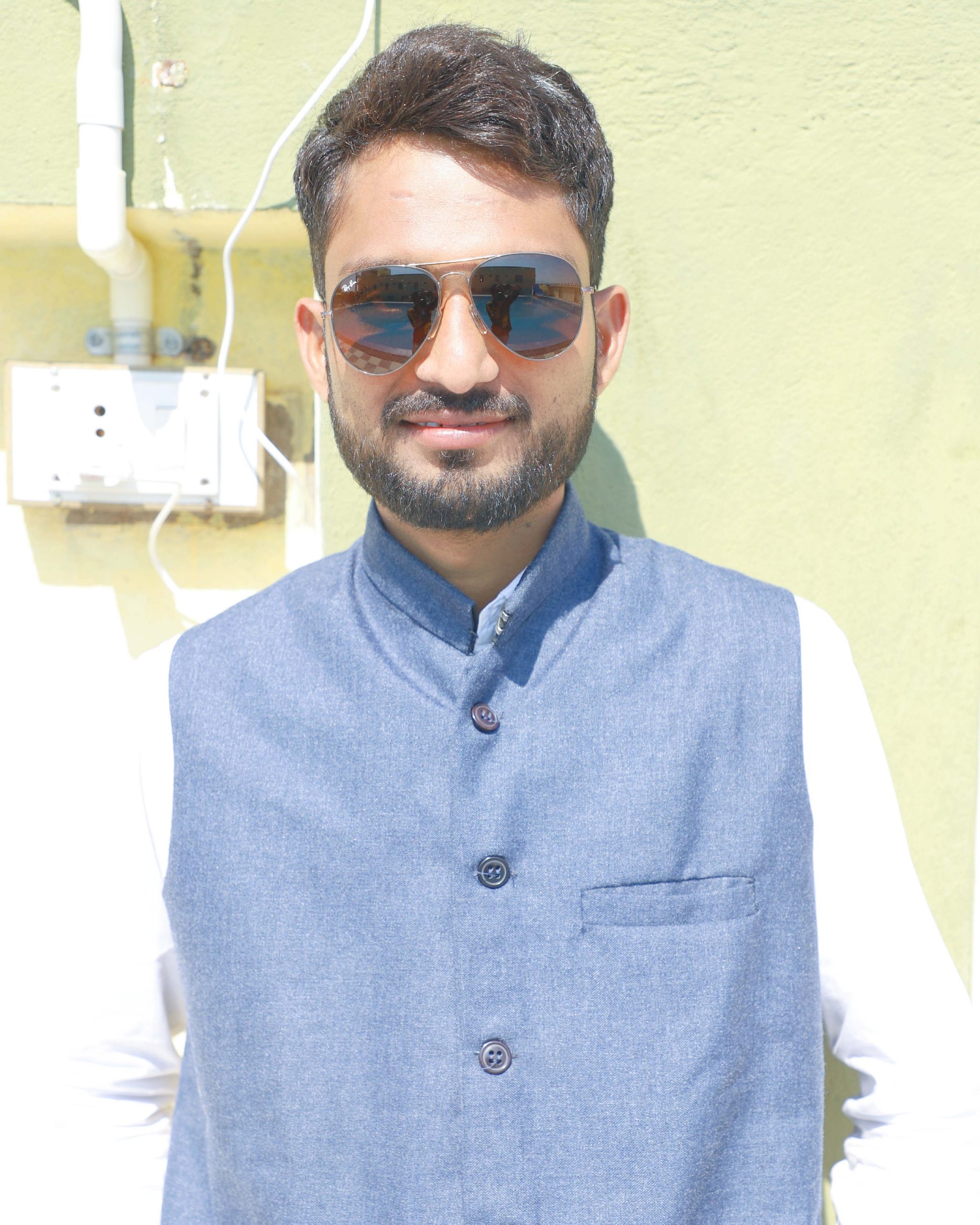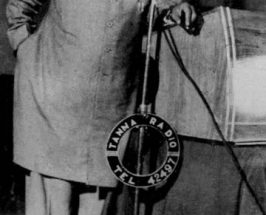Neeraj Bunkar
Cinema is being refined in many ways due to the rapid technological advancements and emergence of other platforms for disseminating film messages. However, in the visual cultural space, this approach of modernism, liberalism, and assigning assertive agency to characters is only limited to ‘upper caste’ characters but not to Dalit characters. Aside from films made by ‘upper caste’ filmmakers, Dalit filmmakers are challenging the subjugated, submissive, and docile portrayal of Dalits by recreating them as powerful, confident, self-assertive, aware, and capable of fighting for themselves and their community. For instance, Kaala, Kabali by Pa. Ranjith, Karnan by Mari Selvaraj, and Asuran by Vetrimaaran.
In this article, I will look at how the filmmaker in Matto Ki Saikil restricts their intrusion by not giving agency to Dalit protagonist Matto. Instead, it makes him a victim of society’s cyclic oppression. Matto Ki Saikil (Matto’s Bicycle) is the directorial debut of M. Gani. It stars Prakash Jha, who is also the producer of the film, in the lead role, along with a supporting cast that includes Aarohi Sharma, Idika Roy, Anita Choudhary, Dimpy Mishra, and Akash Sharma, along with Kallu (a bicycle mechanic) and Rajesh (a Dalit advocate), respectively.
The plot revolves around Matto, a construction worker in a village in North India who faces hardships in his daily life; his bicycle is a pertinent part of his life, on which he travels away from the village to work as a daily wager. It expects the audience to share Matto and his family’s grief, and in these efforts, it succeeds. The film has been welcomed and celebrated by cinephiles and viewers, who have anointed it as a ‘realistic’, ‘true’, and ‘art’ film on various platforms. But how can the non-assertive, miserable, despondent, bleak, and pitiful life of a Dalit household be ‘real’ and the vocal, self-aware, efficient, and effective depiction of a Dalit family be ‘unreal’? Both types of realities can exist in Indian society, but my argument is that why do non-Dalit film makers prefer the oppressed, hapless, dejected, unconscious, and Gandhi’s Harijan Dalit?
Even after so many years of independence, is there not a single Dalit labourer in India who is vocal in demanding his rights? Matto seems to be so insignificant in the caste oppression hierarchy that even when he tries to claim his hard-earned wages, he speaks ineffectually in a muffled voice and eventually crawls back home with an unreasonable amount after many reprimands from the owner. Matto repairing the bicycle is the leitmotif in the film, which reflects the unchanging nature of the casteist society that needs to be repaired. Here, it resembles Gandhi’s idea of ‘reforming society’ and rejects Dr. Ambedkar’s critical understanding of ‘uprooting the system’. The film depicts the daily struggle of a construction worker, Matto, without focusing on the reality of the social fabric in a village from an ‘oppositional gaze’ or highlighting the caste nexus in the village from the Dalit labourer’s point of view. In the film, he is portrayed at the receiving end, positioned on the ‘other’ lowered side. He is so vulnerable that his voice or agency is always suppressed within the oppressive nature of the casteist people in the village. His dialogues are delivered at such a low pitch that viewers must strain to hear and comprehend them.
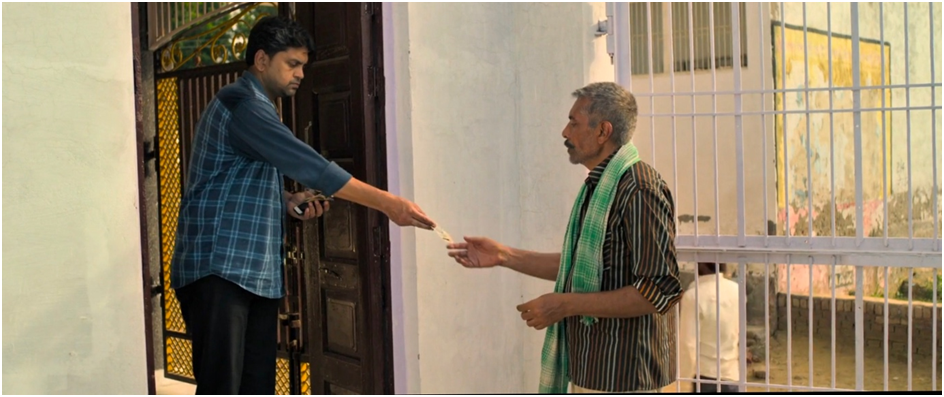
Fig. 1. A screenshot from the film, Matto, played by Prakash Raj in the film, receiving his daily wage from the ‘upper caste’ owner.
While watching it, I got the impression that the makers purposefully used makeup on Dalit characters such as Neeraj (played by Aarohi Sharma) to make them appear ‘ugly’ and ‘black’. It reminds me of Rajesh Rajamani’s film The Discreet Charm of the Savarnas, which exposes the hypocrisy of upper-caste filmmakers who look for an actor who ‘looks like a Dalit’ and must have dark skin, not be fair.
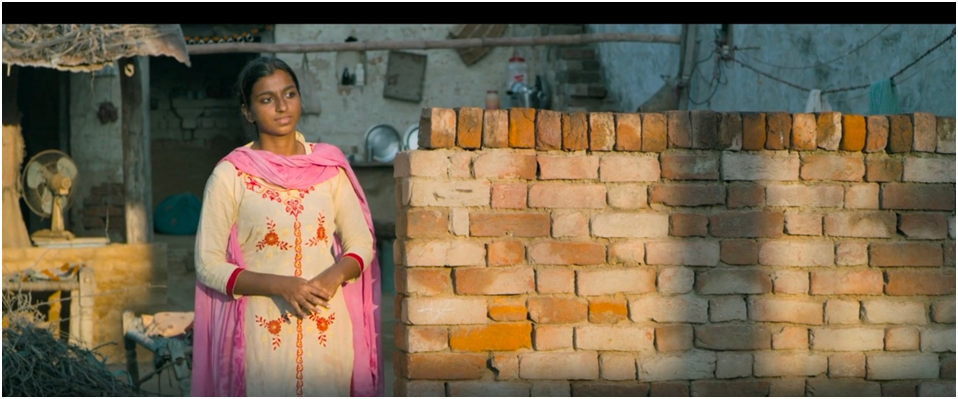
Fig. 2. A screenshot from the film, Aarohi Sharma played Neeraj, Matto’s daughter, in the film.
In the film, a Dalit advocate casually shares his experience of being unable to find clients due to caste location. He is portrayed as wretched and without agency. He represents Gandhi’s Harijan, who is involved in the pig-rearing business and is unable to help himself. He has no sense of ‘self and community assertion’. He expresses his dejection to Kallu: “Our fortune is bad; just keep roaming behind pigs and cleaning the gutters, and only then will this world be happy with us.”
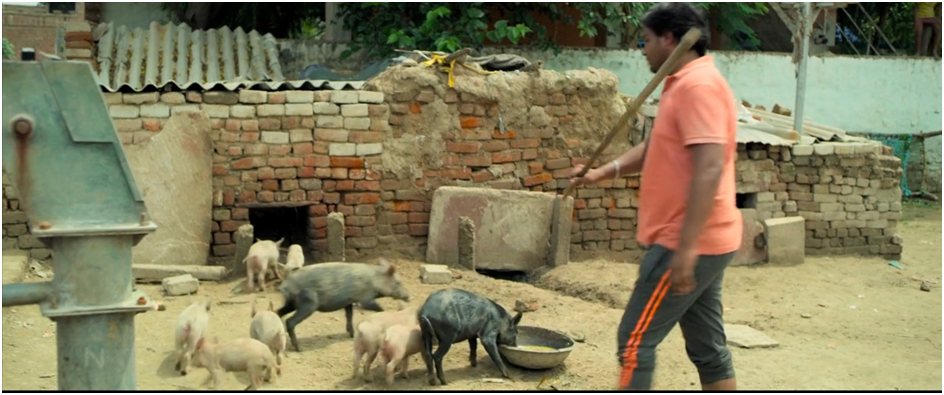
Fig. 3. A screenshot from the film, Dalit Advocate Rajesh, played by Akash Sharma, with pigs.
Rajesh, like Matto, belongs to the lower strata in the caste hierarchy, and despite his professional education and being an advocate, he is unable to assist anyone. It denotes that both Matto, a daily wager, and Rajesh, an advocate, are vulnerable and powerless. It may reflect the idea of democracy, which is useless without social democracy, as Dr. Ambedkar warned long ago, but the film does not do justice to it. It repudiates the Ambedkarite anti-caste struggle for dignity, education, and rights by failing to emphasise the importance of education in social and economic transformation in the oppressed community.
Why is it that the problem of open defecation is always associated with Dalit characters rather than ‘upper caste’ characters, as if the campaign for a defecation-free village is not becoming a successful initiative because of Dalits? The same issue is depicted in the web series Panchayat, where the Dalit character Vinod struggles to install a toilet in his home, and is forced to defecate in the open fields. Matto Ki Saikil reinforces Dalit stereotypes: it labels Matto’s household as a house of thieves who only rely on theft without doing much hard work. And Matto’s ailing wife, who suffers from a kidney related ailment, reaffirms Dalit as a sufferer and subject to abuse.
It raises the issue of ‘nation’ without including Dalits in it; at the end of the film, after losing all hope in the system and its people, a weeping Matto, along with Kallu and Rajesh, is shown returning to his home, while children with Indian flags are shown on the opposite side. This opposition of two sections, Dalits and the nation, demonstrates that while the nation is progressing, Dalits, instead of entering new modern institutional domains, are returning to the oppressive past. Despite becoming assertive and aware in real life after 75 years of independence, Dalits remain forlorn and wretched in reel life.
Matto ki Saikil is reminiscent of the film Sadgati and its protagonist, Dukhiya (hapless), who, like Matto, lacks individual and community resistance and self-assertion. From Dukhiya to Lagan’s Kachra to Matto, Dalit characters have not developed as strong and confident in the casteist, stereotyped, and biased imagination of ‘Savarna’ filmmakers. Matto’s dearth of agency in the film leads to structural violence against him, which is because of his caste location and not because of his identity as being poor. It is not a new phenomenon in Indian cinema where politics of sympathy has been garnered for the poor and their poverty by deploying class over caste. To place Matto in a position of complete marginalisation and cruelty, the filmmaker constructs a scene at the end of the film in which four people with covered faces approach Matto and steal his bicycle. It appears to be entirely unrealistic. This solidifies the idea that there is no escape from caste based violence and no hope for change in Dalits’ (Matto’s) life.
~~~
Neeraj Bunkar, PhD Scholar at the Department of English, Linguistics, and Philosophy at Nottingham Trent University, Nottingham, United Kingdom with a specific interest in Caste, Dalit, Rajasthani folklore, Oral History and Cinema.

